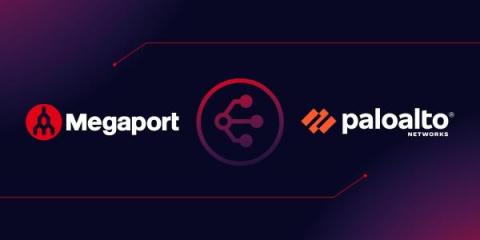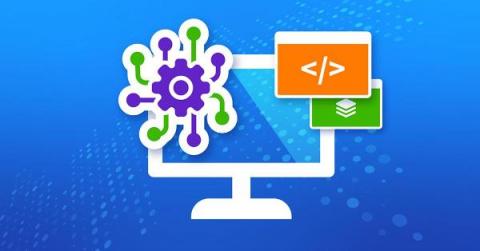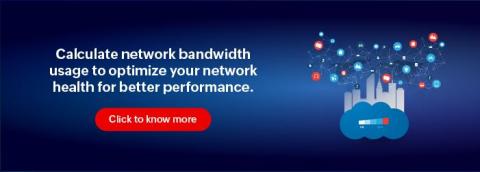What is Synthetic Monitoring: The Secret Sauce to Network Monitoring
Picture this: You're the IT manager at a large company, and you're responsible for ensuring that your network is running smoothly. But how do you know if everything is working as it should be? You could wait for someone to report a problem, but that's reactive and not ideal. You could monitor your network constantly, but that's impractical and time-consuming. So what's the solution? Enter synthetic monitoring, the secret sauce to network monitoring.











